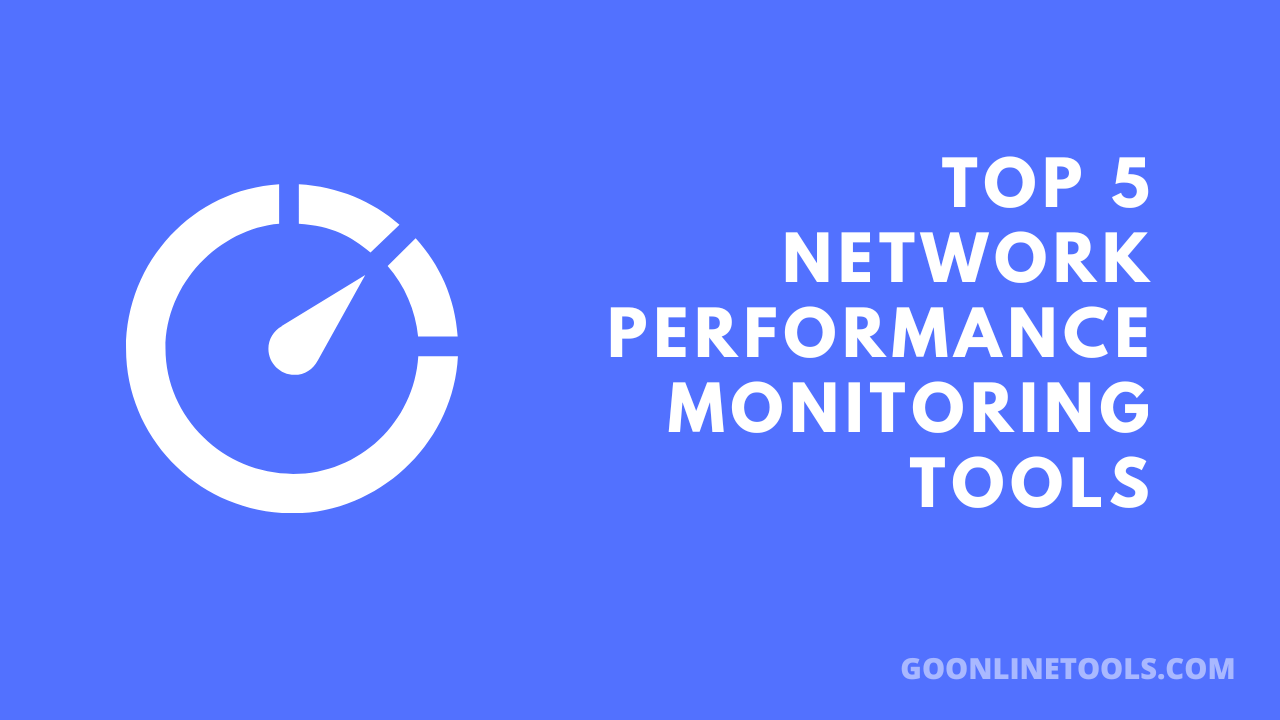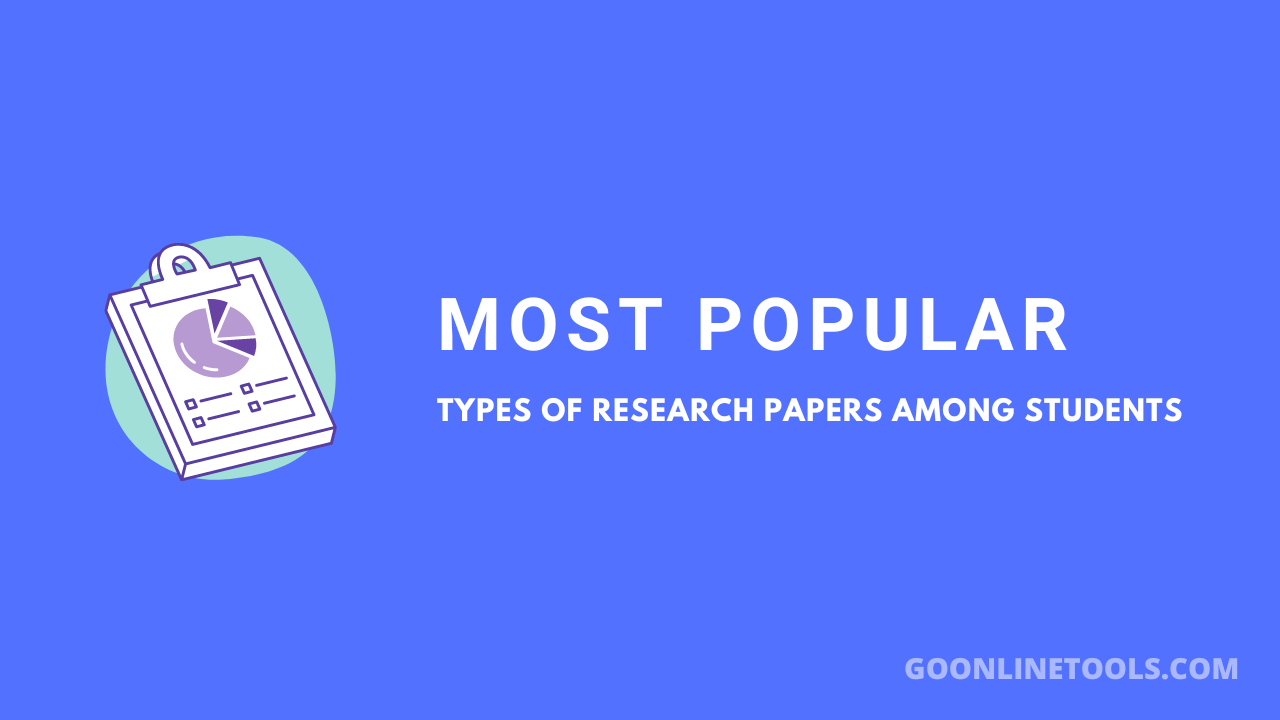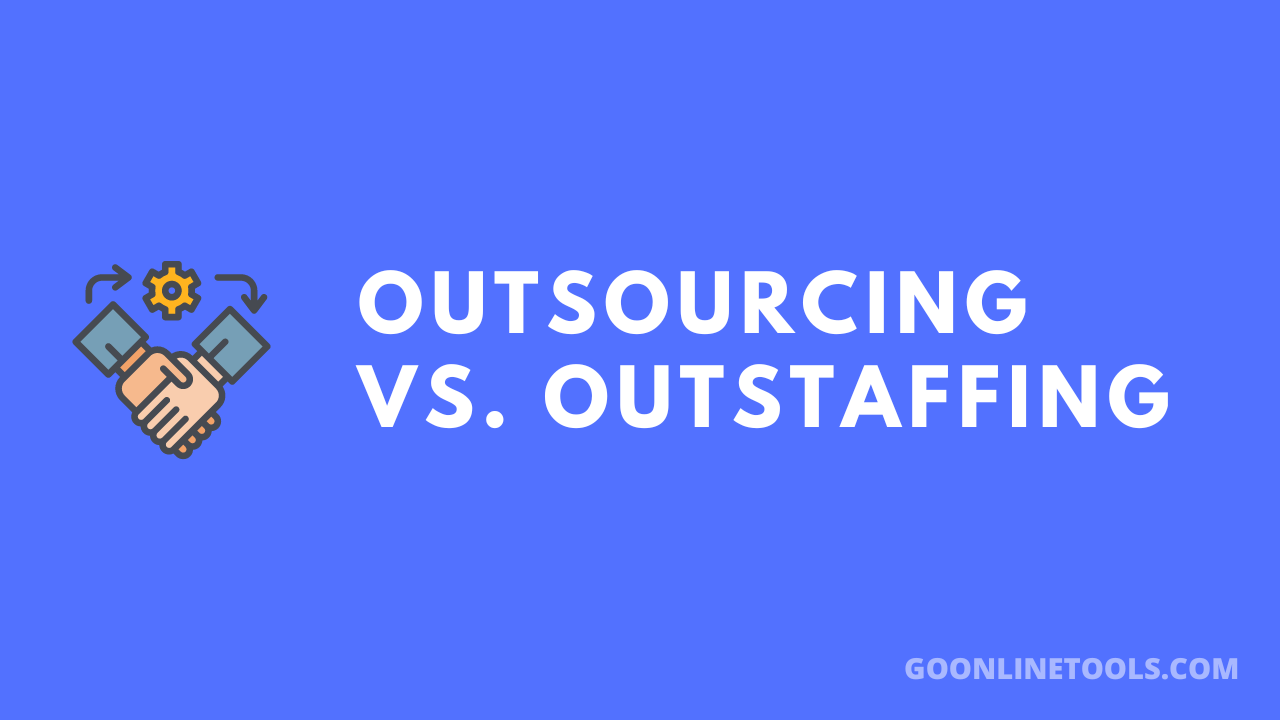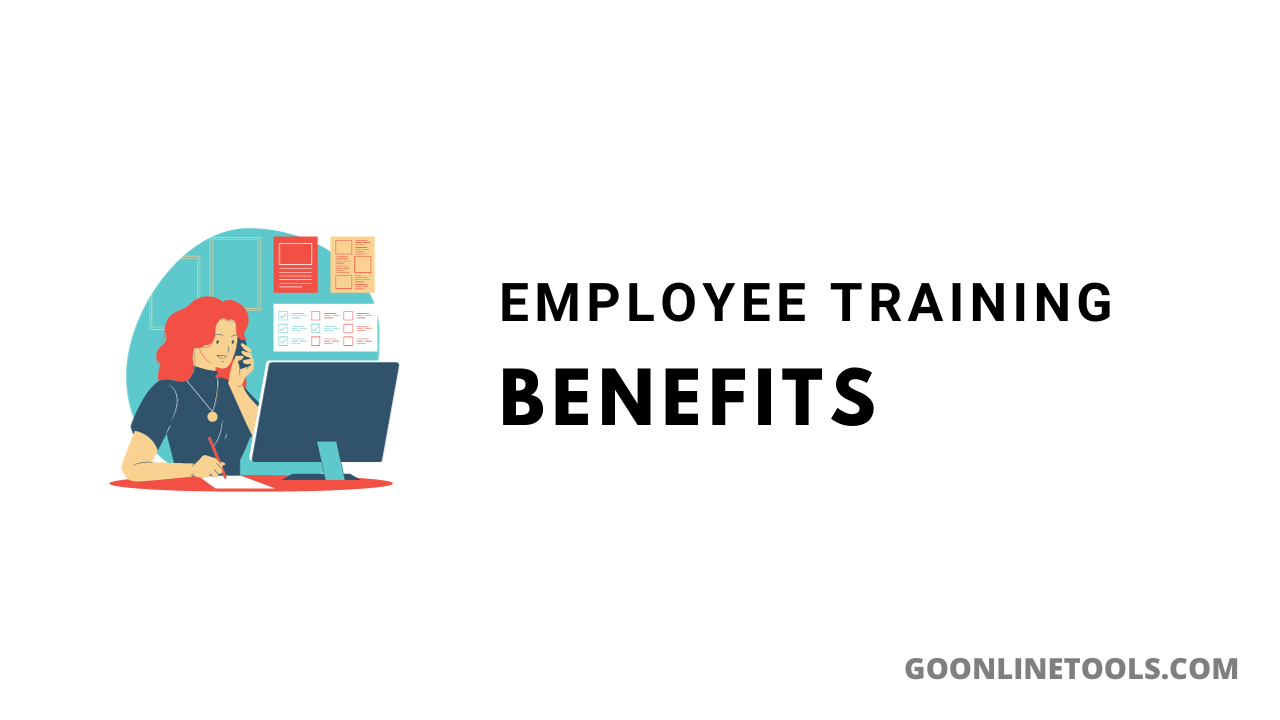
Featured image for "What Makes an Educational Tool Secure and Privacy-Friendly Today"
Classrooms these days are all about swimming in digital gadgets. However, here’s the kicker: despite all that technology, questions over security persist. It is no longer just about slapping a password on the teacher’s laptop and calling it safe.
Now you have got stuff like FERPA, COPPA, and a list of other privacy rules to worry about. Platforms need to be upfront about what they are doing with your data and build in some real safety nets, not just vague promises.
If you are a teacher, an administrator, or just a parent trying to figure out which learning app will sell your child’s information to the highest bidder, you need to know what to look for. This guide will help you distinguish between legitimate and suspicious platforms, so keep reading to learn more.
Adherence to Data Privacy Regulations
When an edtech platform fails to comply with FERPA and COPPA rules, that’s a red flag. These rules are non-negotiable. They are ensuring that only the right people see your information, and nobody is sneaking a peek at what they should not.
Now, the platforms that actually follow these rules are not just ticking boxes—they are telling you straight up how your data is handled, ensuring teachers and parents do not have to worry about surprise data leaks.
And do not get fooled, even free AI tools do not get a hall pass. If it has student info, it better be following the same rules as the big guys. That is the bare minimum for keeping everyone’s information secure while still making learning cool.
Robust Data Encryption
Sure, following the rules is a good start, but if your data is not locked down with solid encryption, you are basically leaving the front door wide open. You need tech that actually guards your info, whether it is flying across the internet or just sitting in storage.
Encryption is like turning secret notes into total gibberish—unless you have got the right key, good luck making any sense of it. Imagine stuffing all those student records into a vault with a code only the right folks know. Not exactly something anyone would break into on a coffee break.
When apps and platforms use legit, up-to-date encryption, people notice. Teachers, parents, even the schools—they can breathe easier knowing nobody’s snooping around their stuff.
Clear Data Usage Policies
Encryption ensures data remains secure, but clarity on how that data is used further strengthens trust—transparent policies outlining what information is collected and why empower users to make informed choices.
A straightforward explanation of data practices avoids confusion and promotes accountability. Parents and educators appreciate tools that clearly specify whether student information will be shared, sold, or used solely for educational purposes.
Platforms that help make privacy statements easily accessible allow users to feel respected and protected.
User Authentication Controls
Secure access begins with strong user authentication controls. Ensuring only authorized individuals can log in reduces the risk of unauthorized data exposure.
Multi-factor authentication (MFA) is a reliable option that many platforms adopt. Requiring users to verify their identity through additional steps, such as codes sent to their devices or biometric scans, adds an extra layer of security.
Role-based access further safeguards information by limiting access to specific data within the system.
Regular Security Audits
Authentication measures control access, but regular security audits ensure vulnerabilities are identified and resolved proactively. These evaluations involve assessing the tool’s entire system to detect potential weaknesses that hackers might exploit.
Security audits test encryption strength, evaluate firewall performance, and review data storage methods. Frequent checks also help verify compliance with privacy regulations, such as FERPA or COPPA, as policies evolve over time.
Engaging third-party experts adds credibility to this process while ensuring a fresh perspective on safeguarding student information. Educators and institutions enjoy peace of mind knowing that the tools they rely on undergo consistent scrutiny to maintain secure environments for both learning and collaboration.
Incident Response Preparedness
Security audits help prevent risks, but incident response preparedness ensures a quick and effective reaction if breaches occur. Tools with strong response plans minimize damage and restore functionality swiftly.
Preparedness includes clear protocols for identifying, containing, and addressing security incidents. Platforms often employ dedicated teams to handle threats while maintaining transparency with users throughout the process. Regularly updated recovery plans ensure institutions face minimal disruption in the event of an issue.
Ongoing User Education
As a final consideration, a secure platform will have ongoing user education to ensure security measures are upheld in practice. Even the most advanced tools rely on users to follow safe practices and understand platform features fully.
Educating teachers, students, and administrators about data privacy empowers them to recognize potential risks or mistakes that could lead to vulnerabilities. Informed users act as an additional layer of protection, complementing the tool’s built-in security measures while fostering a culture of responsibility within educational environments.
Wrapping Up
You want platforms that do not just toss around words like “security” and “privacy”—they actually walk the walk. So, consider practices like following the rules, encrypting your data, and having actual policies that you can understand, not just legal mumbo-jumbo; that’s the baseline.
Technology is only getting wilder; if these basics are not locked down, nobody is really safe. Do it right, and you get classrooms where kids can actually learn and grow, without worrying that their private information is going to end up on some random website.
The Editorial Team at GoOnlineTools.com specializes in delivering cutting-edge information on technology.
View all articles




